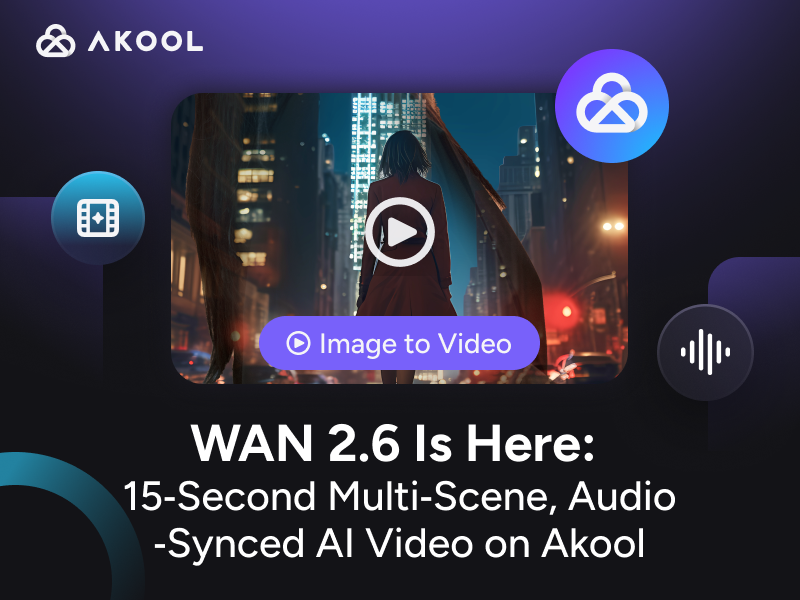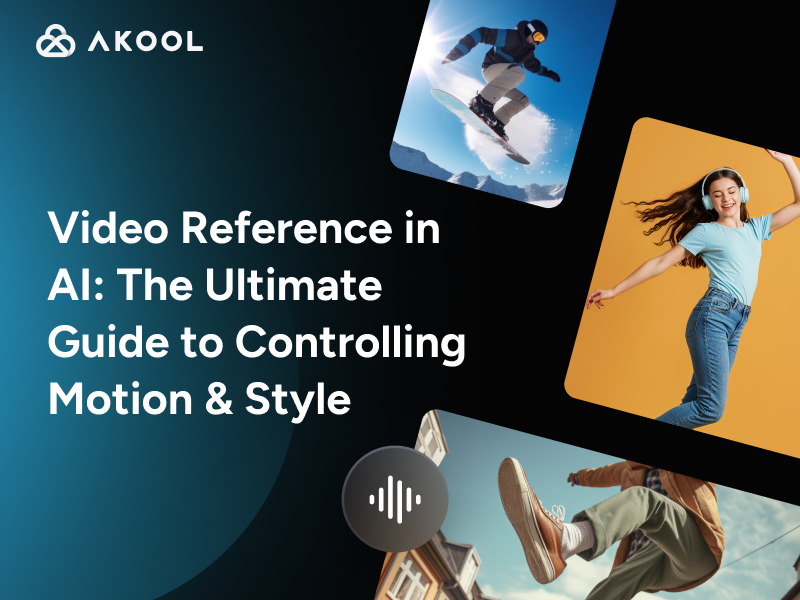Introduction to AI for Communication in Hybrid Workplaces
AI for communication in hybrid workplaces involves leveraging artificial intelligence to enhance and streamline interactions among team members working both remotely and in-office. It employs natural language processing (NLP) for real-time translation and sentiment analysis and utilizes chatbots for automated responses. These capabilities help maintain seamless communication, ensuring clarity and efficiency while reducing misunderstandings. AI tools support hybrid teams by facilitating effective collaboration across diverse working environments.
How to Use AI for Communication in Hybrid Workplaces
Implementing AI for communication in hybrid workplaces can significantly boost productivity and collaboration. Here's how to effectively integrate AI tools:
1. Understand Key Capabilities
- Natural Language Processing (NLP): Facilitates real-time translation and sentiment analysis to enhance understanding.
- Virtual Assistants: Automate routine tasks like scheduling and responding to FAQs, freeing up time for creative work.
- Machine Learning: Analyzes communication patterns to optimize future interactions.
2. Select the Right Tools
- Chatbots: Choose AI-driven chatbots for handling repetitive queries and initial customer service interactions. Learn more about the benefits of AI chatbots.
- Translation Services: Utilize AI translation tools to support multilingual teams and global collaboration, such as using a spanish to english translator.
- Content Creation: Employ AI writing tools to draft emails and reports, ensuring consistent messaging.
3. Integration Steps
- Assess Needs: Identify communication bottlenecks and determine which AI tools can address these issues.
- API Integration: Use APIs to seamlessly connect AI tools with existing communication platforms like Slack, Microsoft Teams, or Zoom.
- Training & Deployment: Train staff on new tools and gradually roll them out, ensuring everyone is comfortable with the technology.
4. Monitor and Adjust
- Feedback Loops: Regularly collect feedback from team members to identify areas for improvement.
- Data Analysis: Use AI analytics to track the effectiveness of communication strategies and refine them as needed.
By understanding these steps and capabilities, creative agencies and creators can harness AI to enhance communication and collaboration in hybrid workplaces, ensuring both remote and in-office team members remain connected and effective.
Applications of AI for Communication in Hybrid Workplaces
AI is revolutionizing communication in hybrid workplaces, enhancing efficiency and creativity. Here are some key applications:
- Virtual Assistants: AI-powered tools like chatbots streamline communication by handling routine inquiries, scheduling meetings, and providing instant responses.
- Language Translation: Real-time translation services break down language barriers, facilitating global collaboration among diverse teams.
- Sentiment Analysis: AI analyzes team communications to gauge morale and engagement, providing insights for managers to address concerns proactively. Explore more with AI for Employee Engagement.
- Content Generation: AI tools assist in drafting emails, reports, and creative content, allowing teams to focus on strategic tasks.
- Video Conferencing Enhancements: AI improves video calls with features like noise cancellation, automatic transcription, and smart scheduling, ensuring seamless communication.
These applications highlight AI's role in optimizing communication in hybrid work settings.
Technical Insights into AI for Communication in Hybrid Workplaces
Natural Language Processing (NLP)
- Real-Time Translation: Utilizes NLP to convert spoken and written language across multiple languages instantaneously.
- Sentiment Analysis: Employs algorithms to interpret emotional tone in communications, aiding in understanding team morale.
Chatbots and Virtual Assistants
- Automated Responses: Chatbots use predefined algorithms to provide instant replies to common queries.
- Task Automation: Virtual assistants can schedule meetings and manage tasks through AI-driven command recognition.
Machine Learning Algorithms
- Pattern Recognition: Identifies communication trends and patterns over time to adapt responses and improve efficiency.
- Predictive Analysis: Analyzes past interactions to forecast future communication needs and potential issues.
Integration and Scalability
- API Utilization: AI tools integrate easily with existing communication platforms via APIs, allowing seamless scalability.
- Cloud-Based Solutions: AI services are often cloud-based, ensuring real-time updates and remote accessibility.
These technical elements demonstrate how AI enhances communication, providing robust support for hybrid work environments through sophisticated technologies.
Technical Features of AI Communication Tools
| Feature | Description |
|---|---|
| Natural Language Processing (NLP) | Facilitates real-time translation and sentiment analysis for better understanding. |
| Chatbots | Automate responses to routine inquiries, freeing up time for complex tasks. |
| Machine Learning | Analyzes communication patterns to optimize future interactions. |
| API Integration | Connects AI tools with existing platforms like Slack or Zoom for seamless scalability. |
Statistics on AI for Communication in Hybrid Workplaces
The integration of AI-driven communication tools in hybrid workplaces has seen significant growth and positive impacts. Here are some key statistics that highlight the importance and utility of AI in facilitating communication in such environments:
Adoption Rate: According to a 2023 survey, 65% of businesses have implemented AI communication tools in their hybrid work environments. This adoption has been driven by the need to streamline operations and enhance collaboration across geographies.
Efficiency Improvement: AI tools can reduce email handling time by up to 30%. These tools categorize, prioritize, and respond to emails, allowing employees to focus on more strategic tasks.
Meeting Productivity: AI-enabled virtual assistants and scheduling tools have increased meeting efficiency by 20% in hybrid settings. These tools help in scheduling, agenda setting, and transcription, thereby reducing the time spent on logistical tasks.
Employee Satisfaction: A survey revealed that 78% of employees in hybrid workplaces reported higher job satisfaction when using AI communication tools. The use of AI reduces mundane tasks and improves work-life balance, contributing to higher morale and productivity.
Cost Reduction: AI-driven communication tools can lower operational costs by as much as 15%. Savings are achieved through reduced need for travel, minimized errors, and enhanced resource allocation.
Benefits of AI in Hybrid Workplaces
| Benefit | Impact |
|---|---|
| Efficiency Improvement | Reduces email handling time by categorizing and prioritizing tasks. |
| Meeting Productivity | Increases meeting efficiency by automating scheduling and transcription. |
| Employee Satisfaction | Enhances job satisfaction by reducing mundane tasks and improving work-life balance. |
| Cost Reduction | Lowers operational costs through minimized travel and optimized resource allocation. |
These statistics underscore the transformative impact of AI on communication within hybrid workplaces, offering significant advantages in efficiency, satisfaction, and cost management. For more insights, explore how AI in Human Resources is revolutionizing team dynamics.
FAQ Section: Enhancing Communication in Hybrid Workplaces with AI
How does AI improve communication in hybrid workplaces?
AI enhances communication in hybrid workplaces by providing real-time language translation, sentiment analysis, and automated meeting summaries, ensuring seamless interaction regardless of location.
What are the benefits of using AI tools for remote team communication?
AI tools streamline communication by offering features like automated scheduling, virtual collaboration platforms, and intelligent chatbots, which enhance productivity and reduce misunderstandings in remote teams.
Can AI help in managing virtual meetings effectively?
Yes, AI can manage virtual meetings by offering features like automatic transcription, agenda setting, and participant engagement analysis, ensuring meetings are productive and efficient.
How do AI chatbots facilitate communication in a hybrid work environment?
AI chatbots facilitate communication by providing instant responses to common queries, freeing up human resources for more complex tasks, and ensuring consistent information dissemination across the workforce.
What role does AI play in enhancing team collaboration across different time zones?
AI assists in team collaboration across time zones by automating updates, offering asynchronous communication tools, and suggesting optimal meeting times, thus aligning team efforts effectively.
How does AI ensure data security in workplace communication?
AI ensures data security in workplace communication through advanced encryption, anomaly detection, and secure access protocols, safeguarding sensitive information in hybrid work environments.
Can AI tools integrate with existing communication platforms?
AI tools are designed to integrate seamlessly with existing communication platforms like Slack, Microsoft Teams, and Zoom, enhancing their functionality with AI-driven insights and automation.
What are some challenges of implementing AI in hybrid workplace communication?
Challenges include data privacy concerns, the need for employee training, and ensuring AI tools align with company culture, which can be mitigated with proper planning and support.




